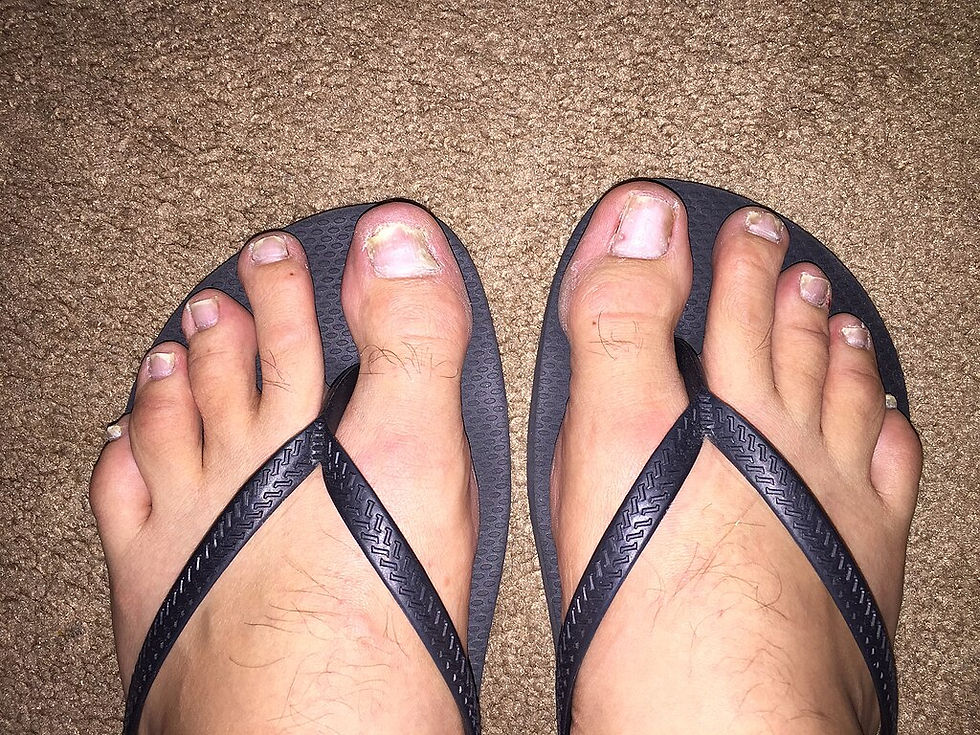Role of NETs in psoriasis lesions studied
- John Evans
- Dec 5, 2020
- 2 min read
Neutrophil extracellular traps, or NETs, appear to play a role in the formation of psoriasis lesions and could represent a new therapeutic target.
In a press release from Fujita Health University in Toyoake, Aichi, Japan, the researchers note that prior literature reports that NETs have been found in psoriasis lesions, but the mechanisms linking the formation of these pro-inflammatory features and the severe skin inflammation of psoriasis have not been understood.
Professor Kazumitsu Sugiura, from the university’s department of dermatology, said: “NETs and neutrophils can induce inflammation through various mechanisms; we aim to clarify the role of NET signalling and possibly prevent the development of severe psoriasis-like lesions.”
In their research, the investigators utilized a strain of mice with a mutation in the Il36rn gene that causes a deficiency of the IL-36 receptor antagonist (IL-36Ra) protein. This mutation allows IL-36 to act uninhibited, leading to inflammation, inducing the proliferation of epidermal cells and increasing neutrophil count in psoriasis-like lesions in the mutant mice, in a condition known as DITRA. This results in skin cells keratinizing (hardening) in the manner seen in psoriasis lesions.
They then induced psoriasis-like lesions in both the mutant mice and in wild-type controls using imiquimod, a medication known to stimulate IL-36 signaling and subsequent immunological response.
The mutant mice experienced more severe inflammation than the control animals. A more detailed histological analysis revealed that the mutant mice also had significantly higher neutrophil counts and NET concentrations than the controls.
In a follow-up experiment, the mice with lesions were treated with a medication that inhibits PAD4—an an enzyme responsible for the formation of NETs. After only three days of treatment, investigators found the lesions, as well as the levels of inflammatory cells and IL-36 signalling proteins, significantly reduced.
The findings were published in Scientific Reports (Nov. 19, 2020).



Comments